


































































































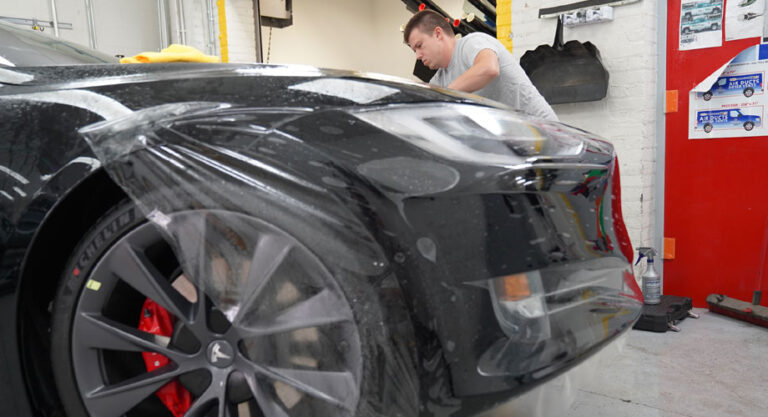
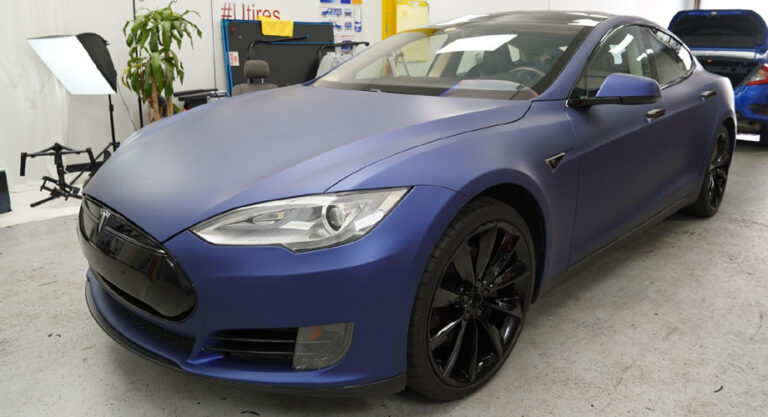

















































































































Every year, hundreds of millions of birds migrate across North America. Sadly, for many, this journey becomes the last one. Big cities like Chicago turn into death traps for migrating birds. Bright city lights and towering glass structures disorient these feathered travelers and cause countless bird collisions with windows. Unfortunately, Chicago has earned a grim reputation – it is one of the deadliest cities in the US for migrating birds. Scientists sound the alarm – the number of dead birds is devastating, and urgent measures should be taken to save birds.

What do studies say?
The American Bird Conservancy (ABC) is a non-profit organization dedicated to conserving wild birds and their habitats throughout the Americas. ABC actively participates in and supports research on bird-window collisions. Here are some figures and facts it revealed:
- Big cities are accountable for higher bird fatality rates because of the extensive amount of glass facades.
- Over 1 billion birds die from window strike accidents in the United States annually.
- Chicago is a high-traffic zone for birds as it lies along a major migration route known as the Mississippi Flyway.
- Studies by the Field Museum in Chicago show that nearly 1,000 birds died from a single window collision event during peak migration.
ABC collaborates with scientists, building experts, and other stakeholders to gather data, identify high-risk areas, and develop effective mitigation strategies. The organization promotes the collisions program and the use of bird-safe glass with UV patterns. It also encourages architects and developers to focus on bird-friendly design elements in new construction projects to prevent collisions.
Why do birds collide into windows?
Birds hit glass not occasionally. It happened for a few key reasons, all linked to how they perceive their surroundings:
- Deceptive transparency. Birds fly around based on their vision, but they do not actually see glass in the same way humans do. They take reflections of the sky, trees, or other outdoor elements for open space. It encourages them to try flying through glass facades which ends tragically.
- Confusing UV light. Birds can see ultraviolet sunlight, which people do not see. Even if regular glass reflects some UV light, it is not the main reason for glass collisions. Instead, the confusion happens because birds see reflections of their surroundings.
- Flight distractions. Bright lights at nighttime can throw off migrating birds and cause accidents. Artificial lighting can also disorient feathered travelers and they fly toward glass.
- Restricted spaces. In cities, birds may struggle to fly away from tall structures. Sometimes, in narrow gaps between buildings, they lose the feeling of the distance and hitting windows. It’s not only the reflective quality of glass but also the urban layout that contributes to these accidents.
Are all types of glass equally dangerous for birds?
Glass facades are not all the same. There is even a special metric created to define the glass bird-friendly level – it is known as the Material Threat Factor index. However, this marker is relative as it does not take into account how glass reflection changes during the day and how different birds react to it. Still, roughly it is possible to say what type of glass can deter birds and prevent window collisions.
- Clear reflective glass. This is the most dangerous type for birds. It creates a mirrored illusion of open space. Such glass windows reflect the sky during the day, and birds mistake this for an actual passage and hit straight into it.
- Tinted glass. This is a less hazardous option than clear glass. The tint provides some visual cues to birds that it is a solid surface in front of them. In addition, the level of darkness of the tint may make it more deterrent.
- Textured glass. This variant also helps protect birds from hitting the windows. The textured surface disrupts the reflection and makes the glass visible to birds.
- Bird-friendly glass. This is specially designed glass with ultraviolet (UV) patterns incorporated into the surface. These patterns are invisible to humans, but birds can see them and perceive them as a warning sign of danger.
our latest news!
Birds’ advocates say there is a solution!
Birds are vital to the global ecosystem. Advocates believe that everyone can save their lives by making windows and glass surfaces safer. There are several ways to help birds avoid collisions:
- Use bird-friendly window treatment. This method is affordable and easy. You’ll need to apply special window markers and decals like stick-on dots or stripes to create visual barriers. Remember, the decal or sticker dots or stripes must be at least two inches apart to be effective.
- Minimize glass reflection. Blinds and curtains are very efficient for this – draw them during spring and fall, the peak migratory periods. You can also use a screen or a shutter on the outside surface of the glass.
- Use distractions outside of the window. Acopian bird savers are very popular for this purpose and are easy to install – they sway in the wind and frighten birds. Bird feeders near the window also help prevent unfortunate hits.
- Reduce nighttime light pollution. Turn off unnecessary outdoor lights at night or install motion sensors for outdoor lights. This helps disoriented birds navigate more easily.
- Install bird-safe window tint. It is the most effective method for bird deterrence. It has a special UV light pattern that disrupts the reflection on windows and makes them visible to birds. Unlike regular tint, these patterns are invisible to humans but act as a hazard signal for birds.
Thanks to American Bird Conservancy, bird-saving initiatives are becoming more popular. For example, the Lights Out Chicago program manages to save thousands of birds’ lives annualy.
Tinting is the best way to prevent birds from flying into windows.
The above bird-friendly measures are effective for an individual homeowner. However, when it comes to large commercial structures, window tinting is undoubtedly a winner. At Tinting Chicago, we specialize in providing high-quality bird-safe window tinting solutions. Out installers are available to help both residential and commercial property owners. Our experienced team offers precise installation that fully matches your specific needs and budget. We use top-notch tinting products by XPEL and offer extended warranties for the material and labor. Call us today for further details and a free on-site estimate.



























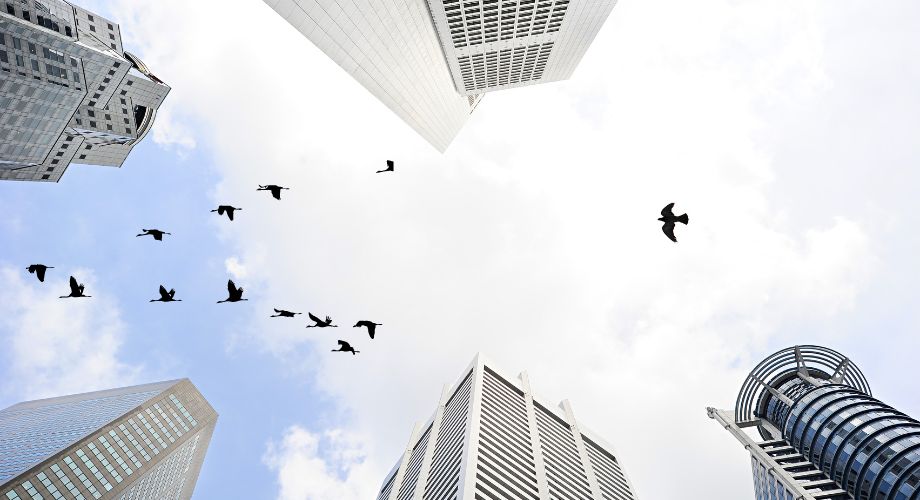
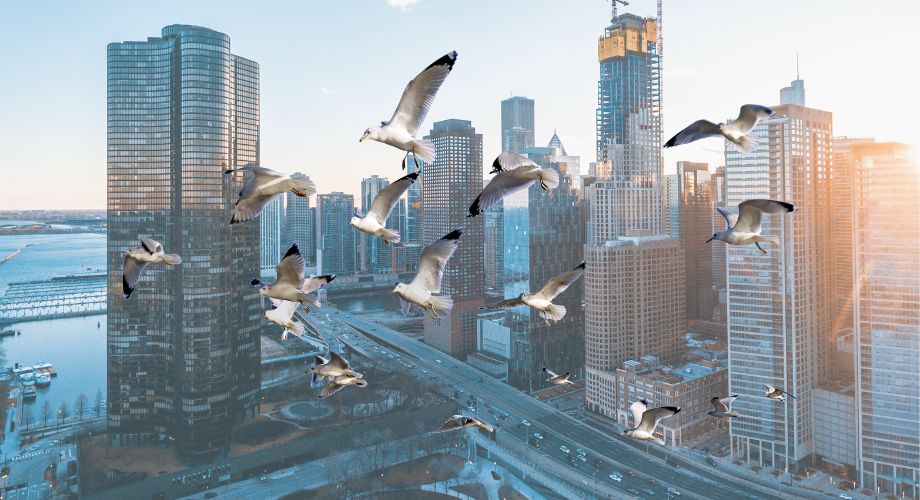
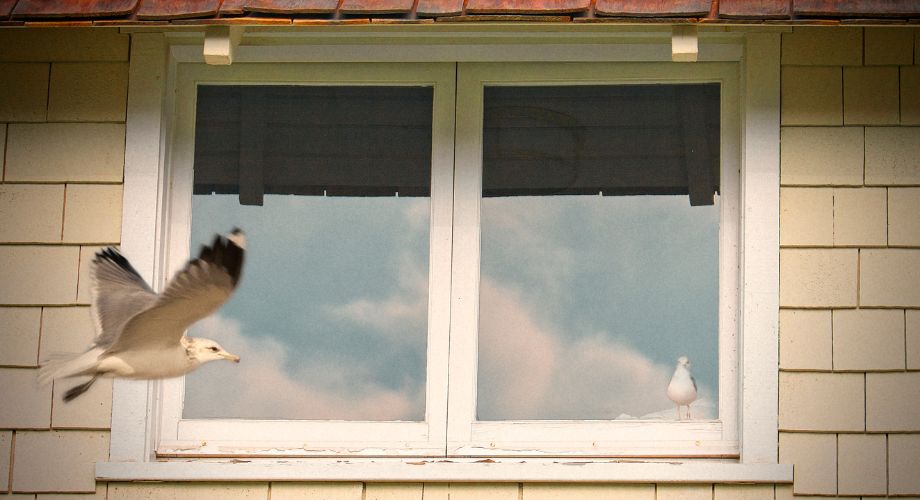
 Send a message
Send a message Send a message
Send a message